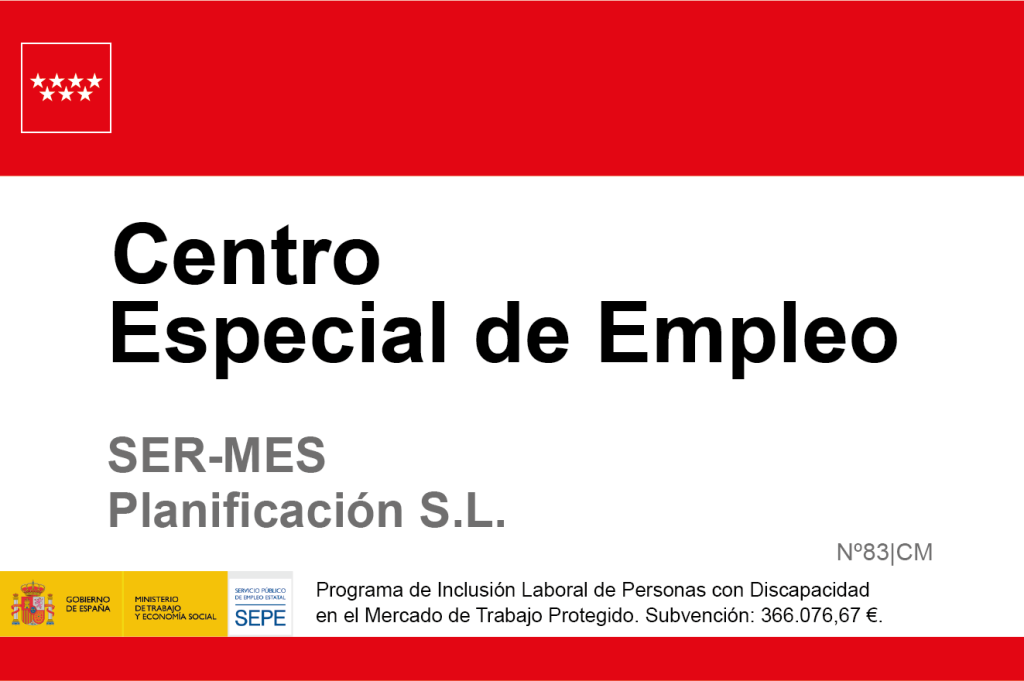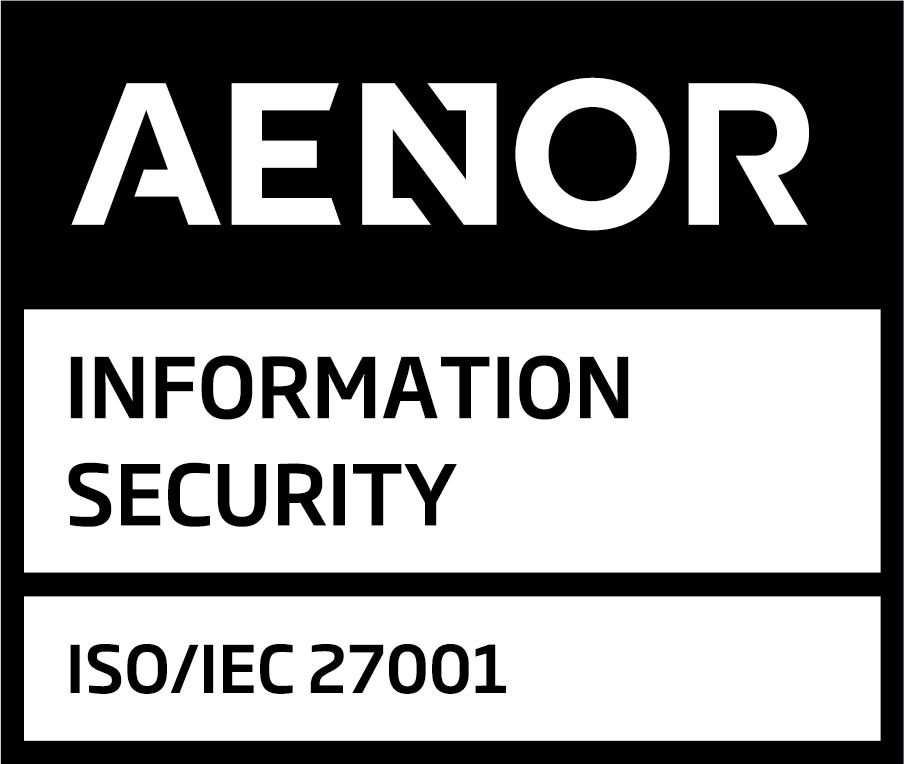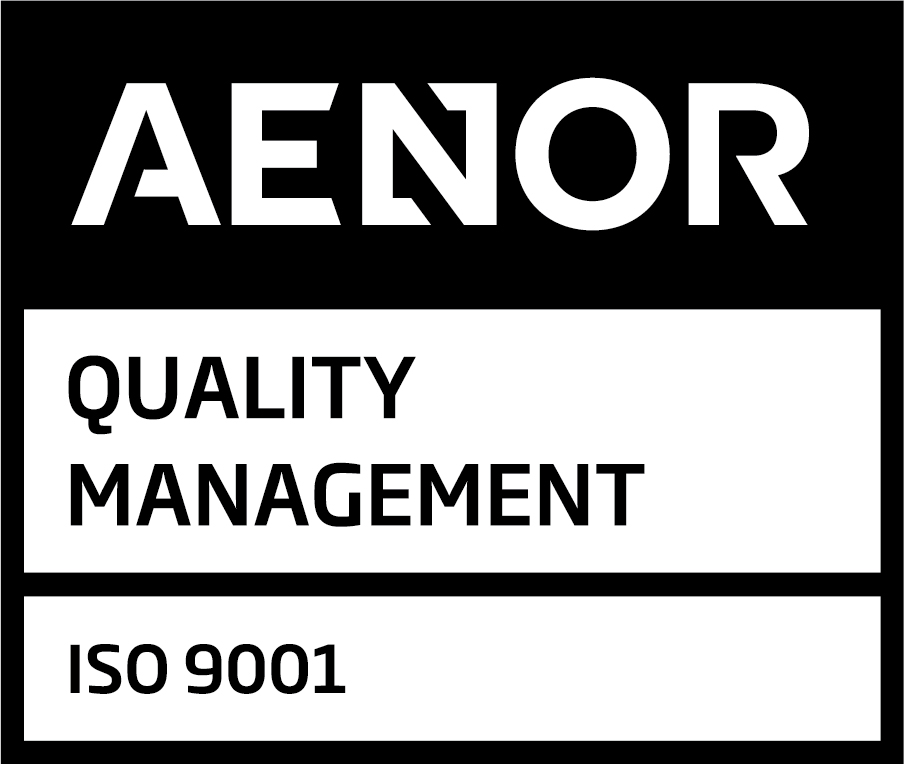July 15, 2024

Menu
Our Blog
Only 6 months left for the transition of all Clinical Trials to CTIS
The deadline for transitioning clinical trials to CTIS ends on January 30, 2025. Studies continuing beyond this date must comply with the Clinical Trials Regulation (CTR), replacing the old CTD. At Sermes CRO, we join the EMA’s effort to communicate this imminent change to clinical trial sponsors in Europe.
By Sermes Cro

In recent weeks, the European Medicines Agency (EMA) issued a crucial reminder for clinical trial sponsors: the deadline for transitioning all clinical trials to the Clinical Trials Information System (CTIS) is January 30, 2025. This marks the final step towards the full implementation of the Clinical Trials Regulation (CTR), aiming to modernize and harmonize clinical trial procedures across Europe.
The transition process is not immediate and can take up to three months, the time needed for Member States to complete their evaluations. Therefore, sponsors must plan ahead to ensure that all ongoing trials extending beyond January 2025 comply with the new regulation. “It is vital for clinical trial sponsors to review their current trials and prepare for this transition, considering the specific procedures and requirements of CTIS,” says Lidya Domínguez, Director of Clinical Research at Sermes CRO, a company responsible for 6.3% of commercial study submissions via CTIS across Europe in 2022, 2023, and 2024.
Aware of the complexity and importance of this transition, Member States have agreed on an expedited procedure to facilitate the shift to the CTR whenever possible. This procedure aims to minimize disruptions and ensure that clinical trials continue to meet established regulatory and safety standards.
New CTIS transparency rules
In addition to the complexities of the transitions, clinical trial sponsors must also adhere to the new transparency rules accompanying CTIS. On June 18, 2024, the full implementation of these new CTIS transparency rules occurred, along with an updated version of the CTIS public portal.
Why does this change significantly affect the handling of clinical trial data and documents? For all clinical trial applications submitted from this date, it is no longer possible to defer the publication of data and documents. These are published according to the established timelines for the trial category, population age, and trial phase. The publication now focuses on key documents of interest, ensuring a high level of transparency and information accessibility.
“Our recommendation is to start the transition as soon as possible and use the available resources and services to ensure a smooth and efficient transition,” reminds Lidya Domínguez.
Certifications:














